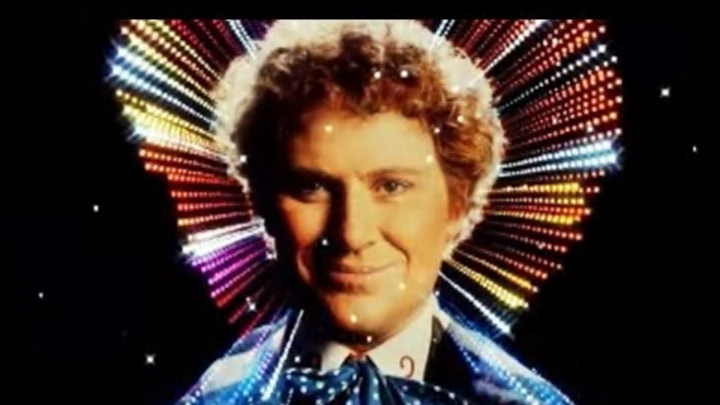With every great TV intro, there are two key elements that make them work: the visuals and the theme tune. Star Trek, The Twilight Zone, The X-Files – the intros for each of these shows are iconic not just because of what we see on the screen, but because of the theme tune that matches those visuals perfectly.
If any group of fandom knows how crucial a theme tune can be, it’s the Doctor Who fandom. Over six decades since the show began, the iconic theme tune has been a big part of each and every intro.
However, while the theme has remained essentially the same, at the same time, there have been many variations of that theme, some more successful than others. And while they’re usually introduced with a new intro, this isn’t always the case. But this doesn’t necessarily stop the new variation from standing out. In fact, a change of arrangement can transform the intro entirely.
One intro, two themes
Surprisingly, across Doctor Who’s extremely long history, only two new theme variations have been introduced via existing intros, once in the Classic Series and once in the New.
In the case of the latter, the change was noticeable, but arguably not too dramatic. Murray Gold’s initial theme arrangement for Series 1 to 3 was simple but effective, essentially Delia Derbyshire’s original arrangement but now backed up by a big orchestra.
His second arrangement, introduced in 2007 Christmas special “Voyage of the Damned”, was bigger and louder, with a new bass line, new rhythm section and, most noticeable of all, new drums. Each arrangement accompanies the intro well. But in this case, a change in arrangement didn’t dramatically change the intro. At least, not quite as much as it did with the Sixth Doctor’s intro.
Transforming the intro
When Colin Baker’s Doctor was introduced in 1984, he was immediately given a new intro, starting with his debut story “The Twin Dilemma”. The intro included Peter Howell's arrangement of the theme tune, which had been used since Tom Baker’s final season in 1980. Howell’s version of the theme is big, synthy, and loud, designed to grab the attention immediately. Overall, it suits Colin Baker’s colorful intro well and was used for the whole of his first season, Season 22.
However, with Colin Baker’s second season – broadcast after an 18-month hiatus – a dramatic change was introduced. On the one hand, the visuals remained exactly the same. But it was now accompanied by a completely different version of the theme tune. Quieter, spookier, and stranger than Howell’s version, Dominic Glynn’s arrangement completely transforms Colin Baker’s intro.
It honestly feels strange to compare the two intros. Just as you can tell that the Sixth Doctor’s intro was originally made to match Peter Howell’s arrangement, you can also tell that Dominic Glynn’s theme was made to match the same visual. Before, the Sixth Doctor’s intro worked well with Howell’s theme. But with Glynn’s, it works perfectly.
A short lived theme
Glynn’s arrangement of the theme tune is not my favorite – that will always be Delia Derbyshire’s iconic original. But it is a great version of the theme in its own right. Even better is that it’s a great example of taking a good intro and making it even better.
With Sylvester McCoy’s introduction in Season 24, he was given both a completely new intro and a new theme arrangement by Keff McCulloch to accompany it, limiting Glynn’s arrangement to just one season. It’s a shame that this particular version of the theme was used so briefly, at least on television.
Thankfully, Glynn’s arrangement has seen plenty of use elsewhere, thanks to Big Finish. For over twenty years, countless audios featuring the Sixth Doctor have used this particular version of the theme tune, and while it lacks the distinctive matching visual, it’s hard to hear that theme and not picture the perfectly matching intro.
